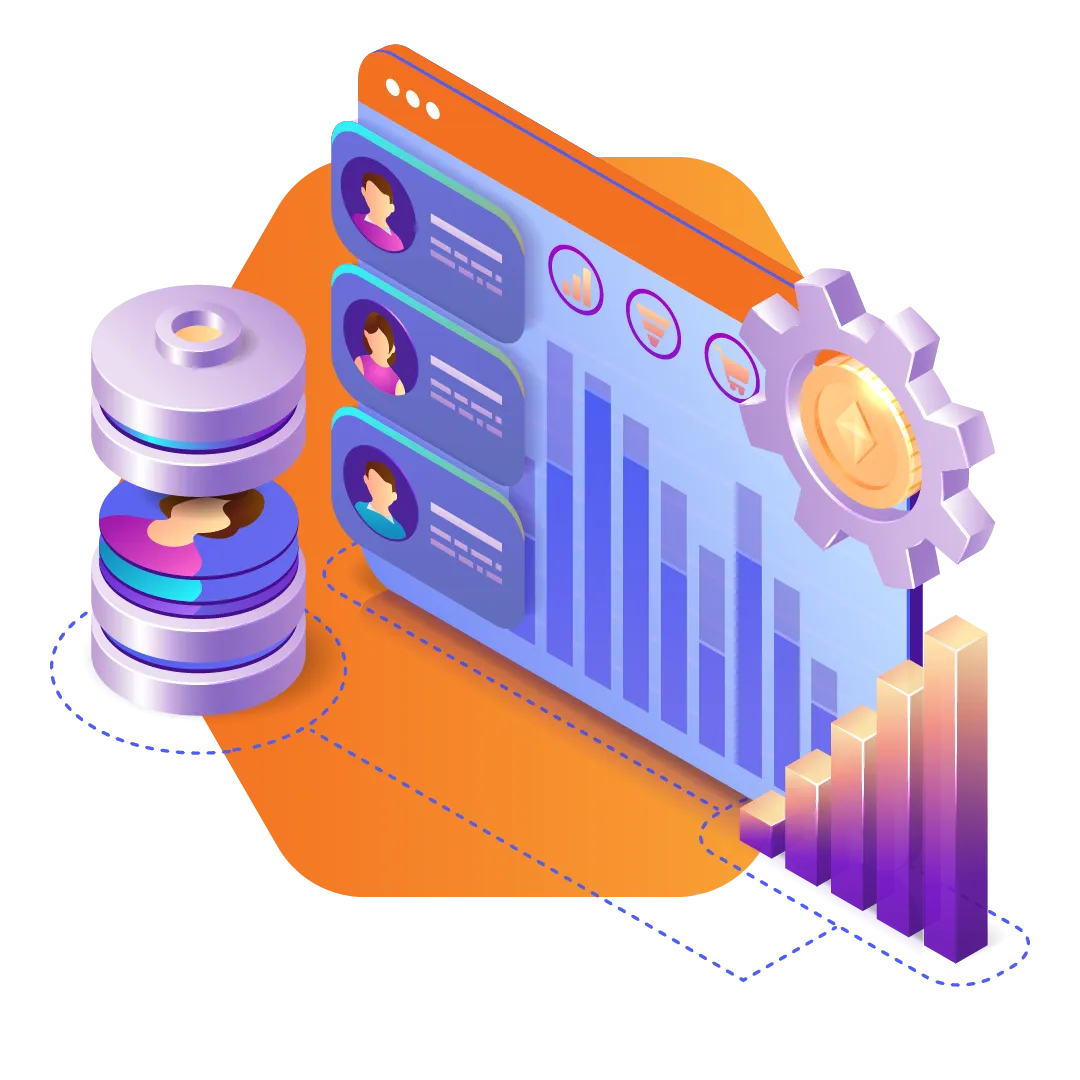Grow Your Business on Autopilot
GrowthStack CRM is an all-in-one sales and marketing tool that help to generate more leads and close up deals up to 10x faster. All on autopilot!

Grow Your Business on Autopilot
GrowthStack CRM is an all-in-one sales and marketing tool that help to generate more leads and close up deals up to 10x faster. All on autopilot!

Internet Marketing Blogs

How to Build a Sales Pipeline From Scratch
How to Build a Sales Pipeline From Scratch
Creating a sales pipeline from scratch can be challenging.
It's not uncommon for small businesses to have trouble building a sales pipeline because they don't know where to start or find prospects.
But don’t worry, we've got you covered with this easy-to-follow guide on how to build a sales pipeline from scratch. Follow these steps, and your business will be well on its way!
This article will explain what a sales pipeline is and how you can build one. We will also talk about the benefits of building a sales pipeline and why every small business should have one in place.
What Is a Sales Pipeline?
A sales pipeline is a systematic way of converting leads into customers.
A sales pipeline includes the following elements:
A list of your qualified customer leads or prospects (target accounts).
A funnel representing how many contacts you have with each lead at any given stage in the cycle and how much interaction is required to move them from one stage to another and optimize the buying process.
Your conversion rate for each stage in the cycle - this is your "close ratio." The more sales qualified leads that successfully reach the end of the process, the higher your close ratio and conversion rate will be. You can use these two metrics as benchmarks for evaluating your performance over time.
A visual representation of how many deals you made.

Stages of a Sales Pipeline
The sales pipeline stages are:
Warming Up
This is where you gain rapport with your ideal target customers, this stage is when you get the prospect to feel comfortable and familiar with the sales reps. Again, it doesn't matter what business you're in, all companies must make sure they do their best here.
Awareness
Where prospects become aware of a product or service by looking at different alternatives and feature comparisons.
This stage is crucial because it's the first step in getting a prospect to think about your product or service. You want to ensure your target market is thinking about your brand and not your competitors while making their purchasing decision!
Interest
Interest is where prospects learn more about how your products/services can solve their problems.
This stage is where you want to provide prospects with enough information about your product/service to make a buying decision. You should always focus on the value of what you offer and how it will benefit them before going into the price or other details that might scare them off!
Conviction
This stage is where prospects try out and test your product/service while providing feedback that you can use to improve it.
Conviction is essential because the more a prospect uses your service or product, the higher their satisfaction with it! You want to make them feel like they’ve got their money's worth from you, which can only happen if you can provide enough value for them.
Loyalty
Loyalty is where prospects become repeat customers by purchasing your products or services more than once.
This stage is vital because the longer a customer purchases from you, the higher their lifetime value concerning revenue and profit will be. These are all good things for your business!
Nurturing
Continue to provide value and be helpful to the customer even after they've purchased from you.
This can help you turn a single purchase into repeat orders, which will increase their lifetime value for revenue and profit. This is the difference between getting a "quick sale" and getting an actual loyal, long-term customer.

Why Should a Small Business Have a Sales Pipeline?
Now that we've outlined what a sales pipeline is and its stages, let's discuss why every business should have one in place!
A sales pipeline can help you:
Increase revenue by converting more prospects into customers; this can help you become more profitable.
Streamline your sales process and reduce sales cycle time by keeping track of what stage each lead is in and how much work still needs to be done on closing them; this can also increase your revenue because it'll happen faster!
Make better use of resources like your sales team, which will make everyone happier since they'll be working on what they're best at!
Improve your sales process over time. By consistently trying different tactics and learning how prospects respond; you will understand which parts of the pipeline work best for your business.
Helps with sales forecasts. Making better sales forecasts can help you more efficiently align your resources, such as employees and money.
Increase customer loyalty, satisfaction, and lifetime value concerning revenue and profit, all good things for your business!
Increase sales by getting more referrals and repeat customers; this can help you grow the size of your customer base, which will, in turn, enable you to increase revenue.
Steps Required to Build Sales Pipelines From Scratch
Now that we've seen how important it is to create a sales pipeline, let's get into building one for your business.
Step 1
Organize sales training for your sales and marketing team on using a sales funnel and explain why it's vital to your business.
Step 2
Build a list of all your prospects and customers. You can do this by using tools like Google Sheets or Excel to create a spreadsheet that will help you stay up to date and organized!
Step 3
Go through your list and determine where each one falls in the pipeline based on how far along they are. Your salespeople should do this, so you don't waste time and effort on prospects that aren't ready to buy yet!
Step 4
Make a section of your spreadsheet for each stage in the sales pipeline. This can help you group all your leads by where they fall in the process, which will allow you to monitor progress easily and see what needs improvement or change.
Step 5
The next step is to make a plan for how you're going to move each lead through the pipeline. You can do this by deciding which tasks should be completed for them to progress, which will then give you something concrete that needs working on!
For example, if your first task is to get leads onto an email list, your second task should be to send them an email about a topic they requested.
This will help you better understand the process and build one that works for your business!
Step 6
Decide what kind of resources are required to make sure each stage is efficient, which can then allow you to allocate your budget correctly and make better use of your employees.
Step 7
Start monitoring performance, which you can do by making a list of time-sensitive tasks for each lead that needs to be checked on periodically to see how they're doing!
This will help you determine if anything is holding them back from progressing so you can help them overcome it.
At this point, you should be able to see which leads are doing well and how far they've come along in the pipeline. You can then use that information to identify your most valuable prospects, so you know who deserves the bulk of your time and effort when working on closing deals or getting customers onto an email list!

Building a sales pipeline can help you increase revenue, decrease your sales cycle time, and improve the productivity of your employees. It'll also help you better allocate resources for maximum effect so that everyone is happy!
If you'd like some help building a sales pipeline for your business, our team at ROI Online is ready to help. Schedule a consultation with us today!
Stop Flushing Your Marketing Budget Down The Toilet
Get a copy of The Golden Toilet today and learn how you can create sales and marketing automation systems that will help grow your business.


